Heavy Duty Forklift Forks Power Precision and the Muscle Behind Modern Logistics
Heavy Duty Forklift Forks Power Precision and the Muscle Behind Modern Logistics
When you’re moving mountains—well, metaphorical ones made of steel, pallets, or concrete blocks—you don’t want just any pair of forks. You need heavy duty forklift forks, the unsung heroes of the warehouse, the dockyard, the factory floor. They don’t get much love in glossy ads, but make no mistake: without these industrial-grade tines, modern logistics would collapse faster than a tower of Jenga blocks in a windstorm.
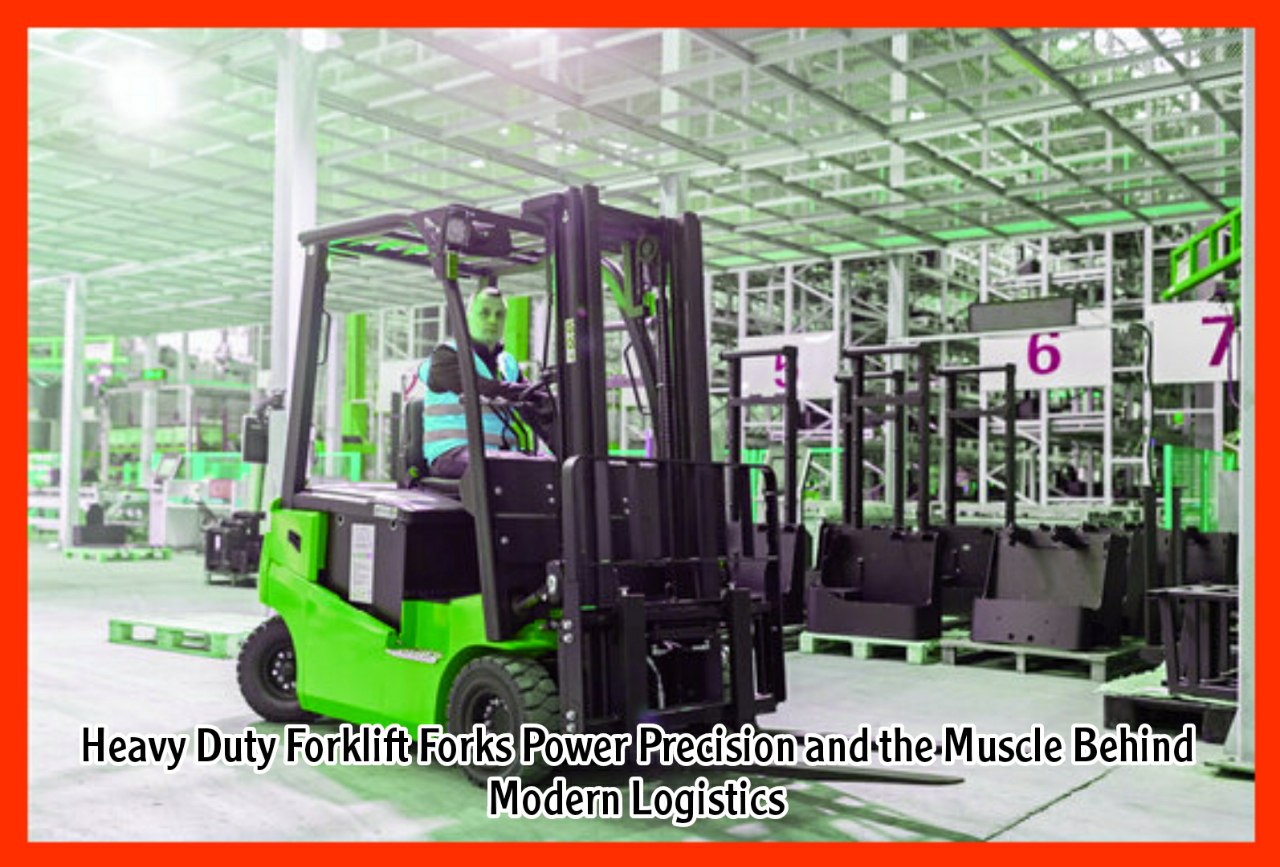
What Are Heavy Duty Forklift Forks?
Let’s break it down. Heavy duty forklift forks are:
-
Stronger than standard forks
-
Built for extreme loads, often 10,000 lbs and up
-
Engineered with high tensile steel for flex and durability
-
Usually custom-fabricated to match industry specs
“The right fork doesn’t just carry weight—it carries productivity, efficiency, and safety.”
In a world where time is money, the speed and reliability of your equipment can be the difference between profit and a penalty. That’s where fork strength becomes more than a feature—it becomes a business strategy.
Why Heavy Duty Forks Matter
Heavy-duty forks aren’t just thicker metal. They’re a mindset. A commitment to:
-
Safety – Preventing bend, breakage, and catastrophic failure.
-
Longevity – Reducing the need for replacements.
-
Compatibility – Matching your specific forklift class and capacity.
-
Compliance – Meeting OSHA and ISO standards.
Industries That Can’t Live Without Them
These sectors practically breathe through heavy-duty forks:
-
Construction & Demolition
-
Steel & Lumber Mills
-
Shipping Ports
-
Mining Operations
-
Large-Scale Manufacturing
If your load is big, rough, or weirdly shaped, standard forks are not going to cut it. You need something with grit.
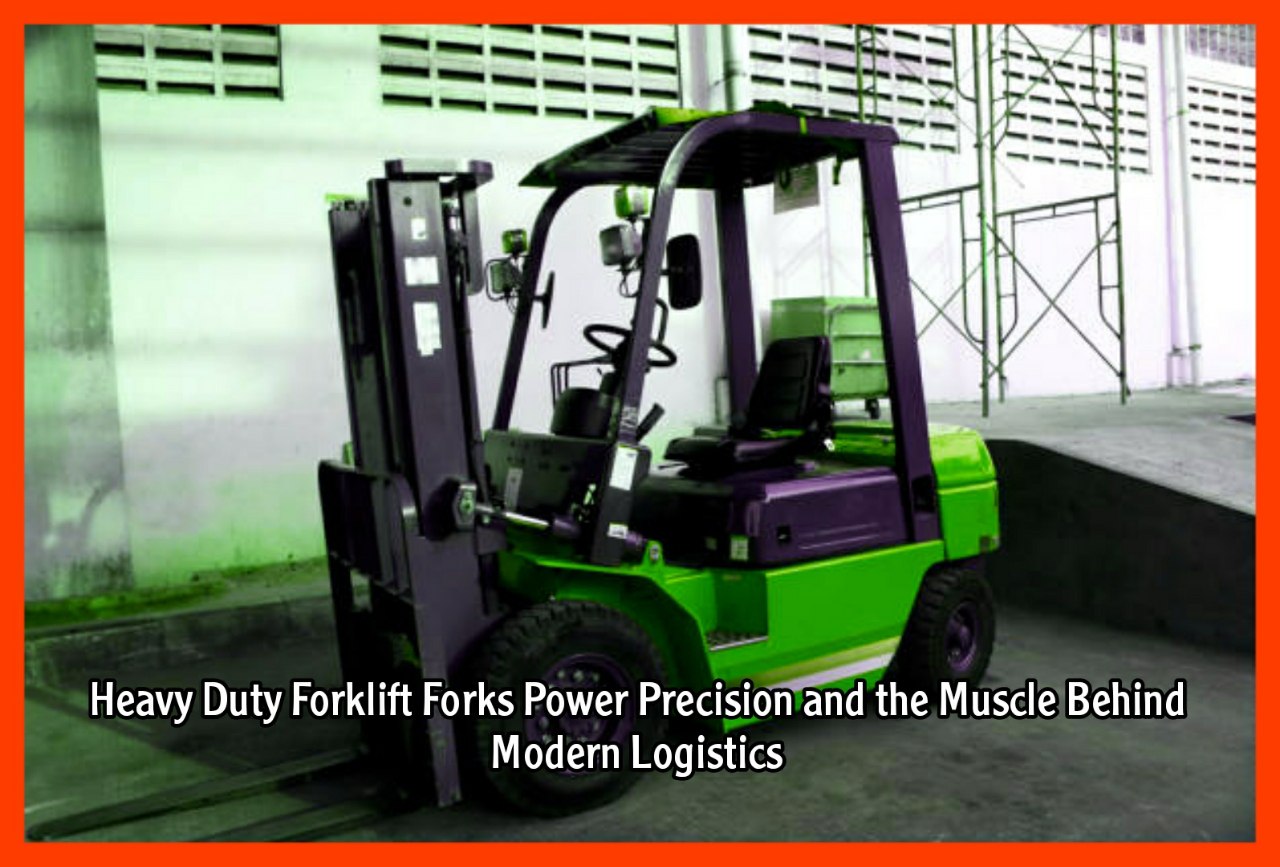
How to Choose the Right Heavy Duty Forks
No two forks are built alike. Here’s what to consider:
1. Length and Width
Longer forks can reach under bigger loads, but might reduce maneuverability. Wider forks spread the load better, preventing pressure points.
2. Load Capacity
Match your fork’s rating to your forklift’s max capacity. Overloading is not just dangerous—it’s illegal.
3. Mounting Type
From hook-type to pin-type to shaft-mounted, compatibility is key.
4. Material & Heat Treatment
Look for forks made with quenched and tempered steel. It’s like the superhero serum for metal.
Forklift Fork Tech Is Advancing—Fast
Believe it or not, even forks are getting smart. Embedded sensors are starting to monitor stress and wear in real-time. With the rise of AI in logistics, we’re seeing:
-
Predictive maintenance alerts
-
Real-time load distribution feedback
-
Automatic leveling features
Maintenance Tips for Maximum Lifespan
Treat your forks like an investment. Because they are.
-
Inspect daily for cracks or wear
-
Never use damaged or mismatched forks
-
Replace in pairs—not one at a time
-
Keep them clean and rust-free
-
Store vertically when not in use
“Your forklift forks don’t ask for much. Just a little respect and a lot less abuse.”
Heavy duty forklift forks may not be glamorous. They don’t have screens. They don’t beep when they back up. But they do one thing incredibly well: lift heavy stuff—safely, efficiently, and over and over again.
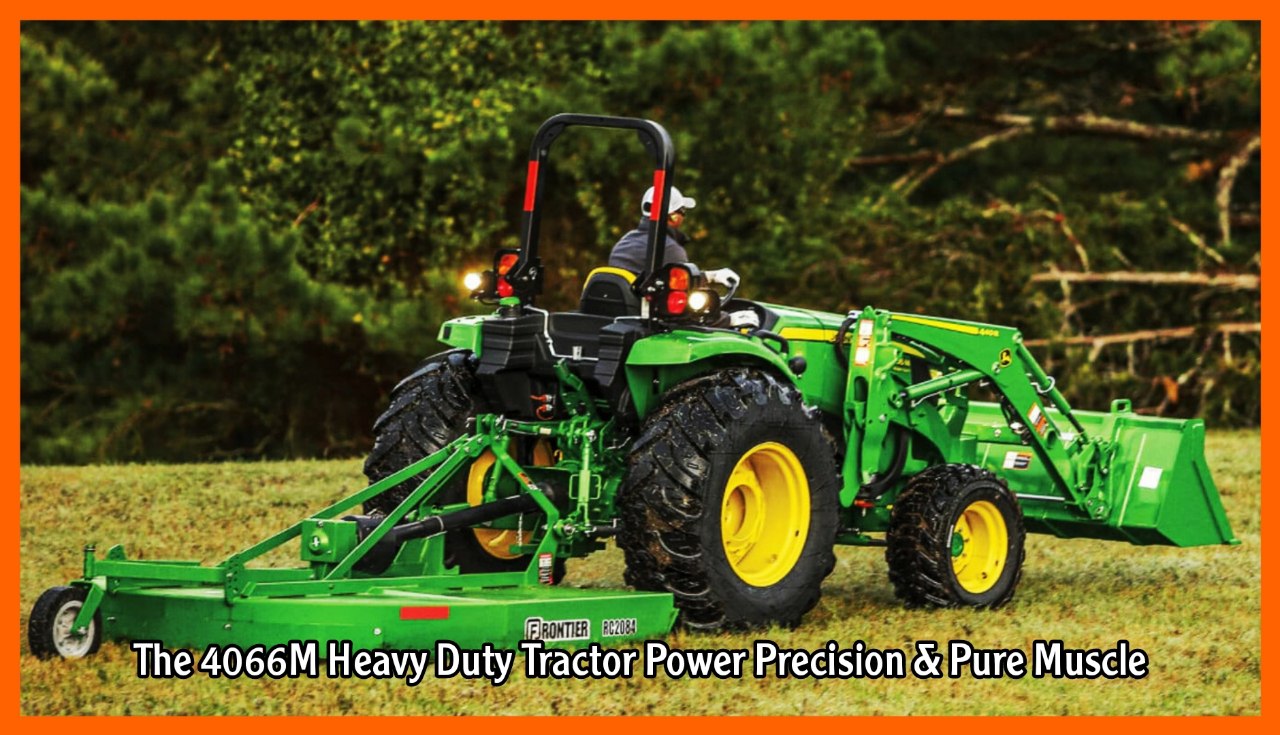
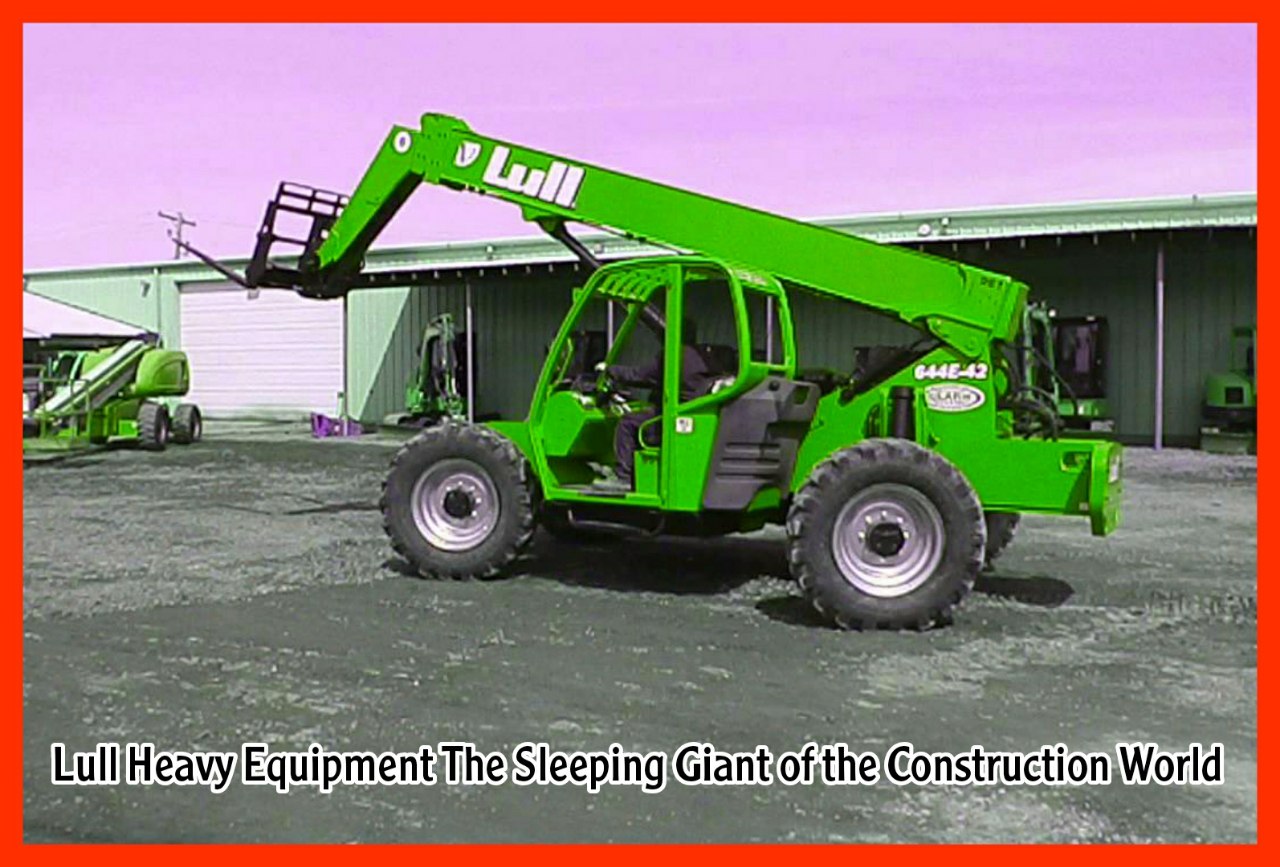
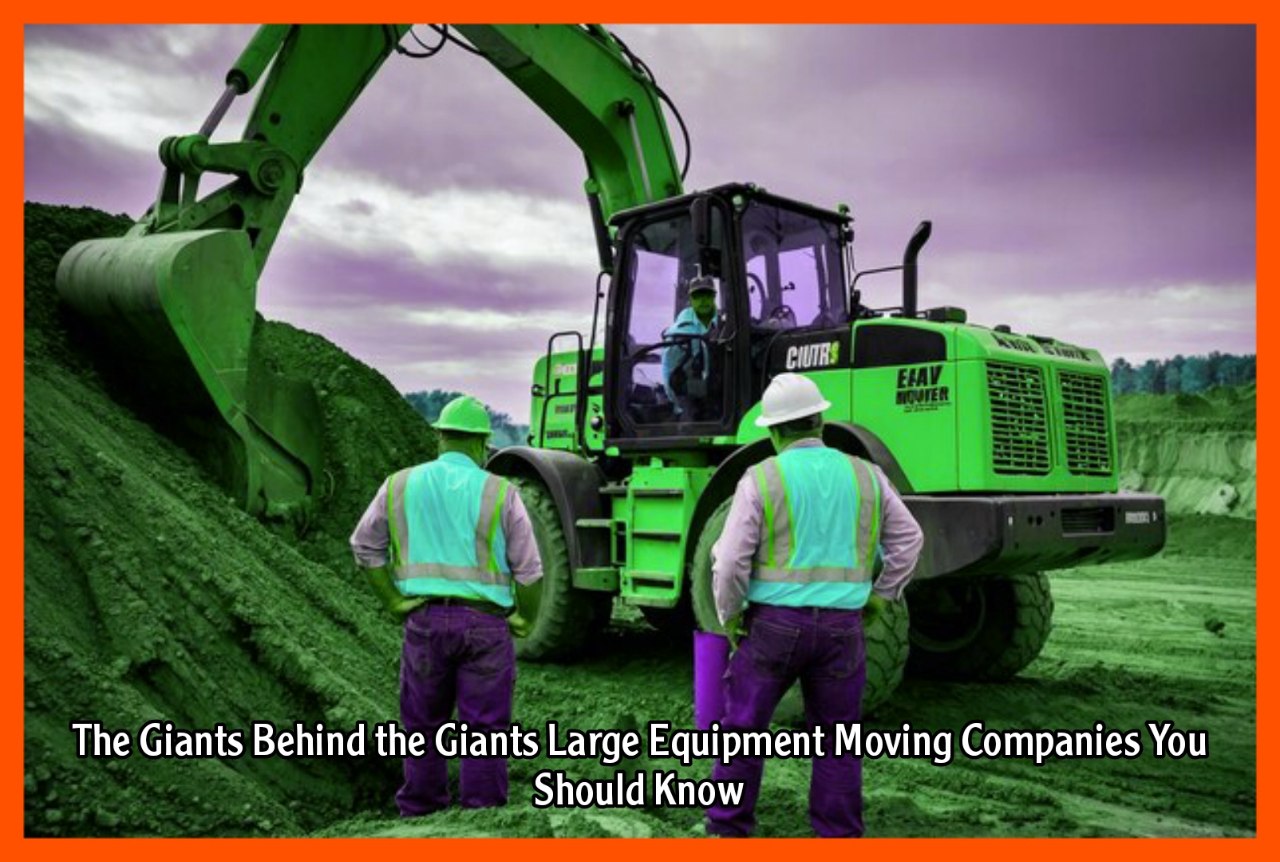
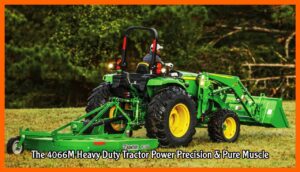
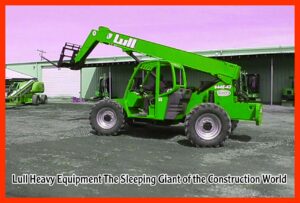
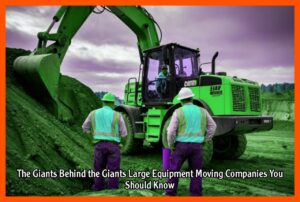
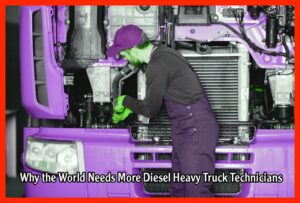
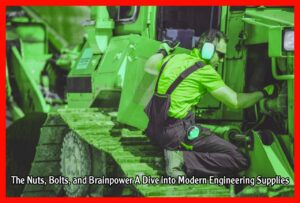
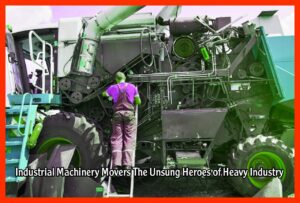
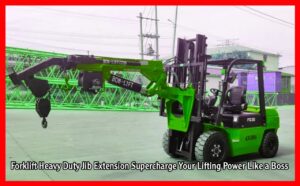
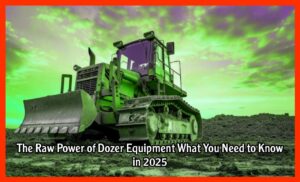
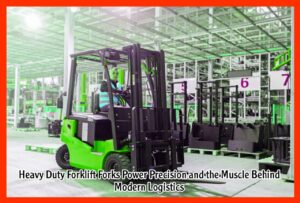
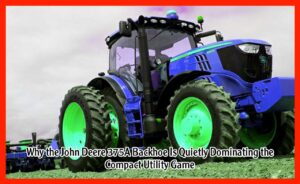
Post Comment